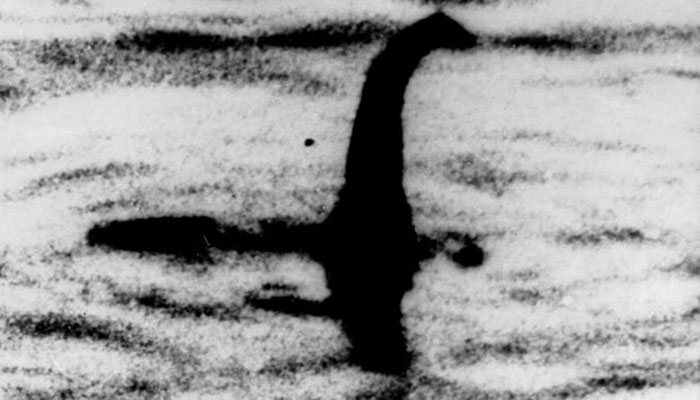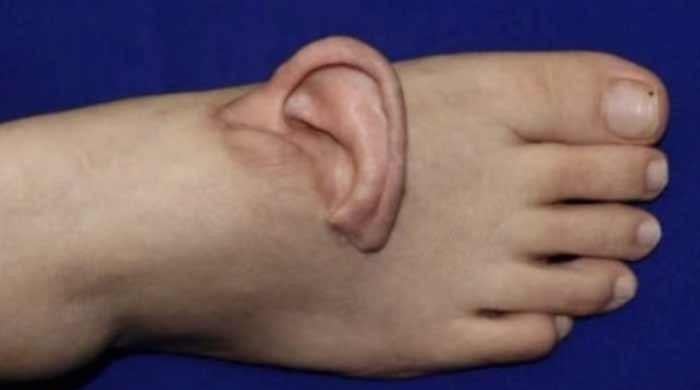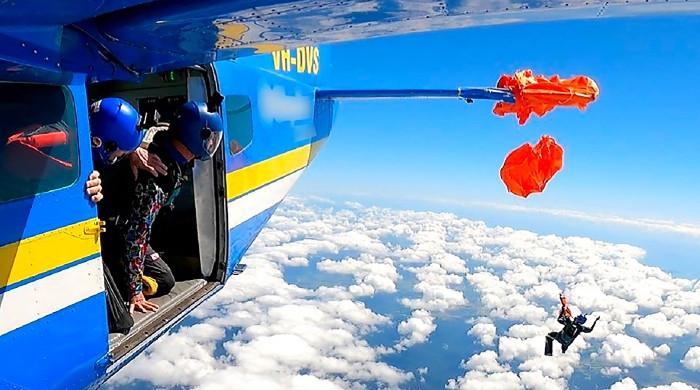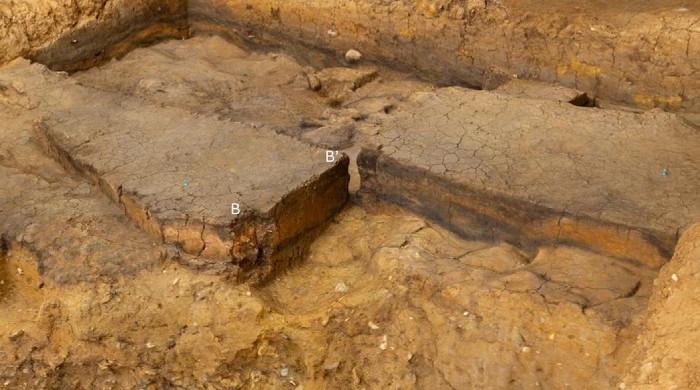Irishman claims to have spotted Loch Ness monster ahead of scientists’ hunt
The Loch Ness monster, or Nessie, is rumored to live in Loch Ness, a deep freshwater lake in northern Scotland
June 03, 2018

Ahead of the DNA monster hunt for the Loch Ness monster, a new video has emerged of the Irish mythical creature.
A tourist who was recently visiting the Scottish Highlands has apparently captured the video of the alleged monster.
In the video captured, a giant creature approximately measuring more than 20 feet in length can be seen diving up and down in the water, Sputnik reported.
The Loch Ness monster, or Nessie, is rumored to live in Loch Ness, a deep freshwater lake in northern Scotland carved by glaciers more than 10,000 years ago.
Tall tales of sightings have persisted for decades, but scientists consider the classic image of Nessie — a long-necked reptilian creature — to be an impossibility and a hoax.
The most famous picture of Nessie, known as the “surgeon’s photo”, was taken in 1934 and showed a head on a long neck emerging from the water. It was revealed 60 years later to have been a hoax that used a sea monster model attached to a toy submarine.
The new sighting came just a few days after a Gloucester based IT employee filmed a mysterious creature in a nearby canal.
Now a team of International researchers led by Neil Gemmell, a professor at the University of Otago will soon be heading to Scotland to unravel the mysteries surrounding Loch Ness monster.
The team of researchers is planning to take water samples to determine whether any unknown DNA is present in the water bodies.
"This DNA can be captured, sequenced and then used to identify that creature by comparing the sequence obtained too large databases of known genetic sequences from hundreds of thousands of different organisms," said Gemmel in a Reuters report earlier.
Countless unsuccessful attempts to track down the monster have been made in the past, most notably in 2003 when the BBC funded an extensive scientific search that used 600 sonar beams and satellite tracking to sweep the full length of the loch.
The new study’s findings are expected to be presented in January next year.









